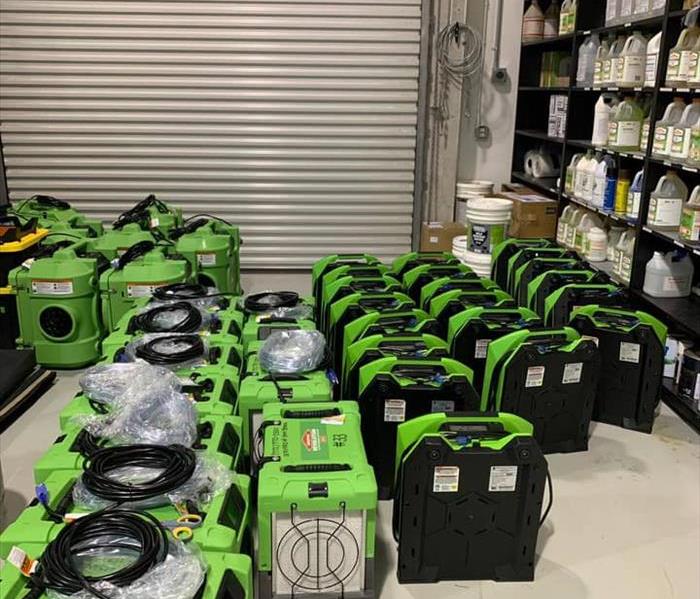What is a “Flood Cut”?
9/24/2021 (Permalink)
 The water line determines how far up the drywall will need to be removed in the event a flood cut is necessary.
The water line determines how far up the drywall will need to be removed in the event a flood cut is necessary.
: A flood cut marks the spot 12 inches above the water damage to tell water damage restoration specialists where to begin when they tear out damaged walls.
Is a Flood Cut Necessary?
While flood cuts are common when businesses have taken on water damage, in certain circumstances, replacing the wall can be avoided. The walls may be salvageable if the following conditions exist:
The water that caused the flooding is clean water.
The walls are not insulated.
There is no sign of mold spreading into the wall.
If all these conditions are met, it is possible that technicians can drill small holes in the wall and use industrial dryers to prevent further damage. If, however, the water in question holds the possibility of contamination, everything it touches must be removed and replaced. As insulation cannot be dried and used effectively after it has been wet, it must be replaced as well.
How Does a Flood Cut Help?
Measuring a whole foot above where the visible damage lies might seem like overkill at first. However, when it comes to flood damage and the potential complications it poses, you will probably agree that it is better to be safe than sorry. To ensure that every inch of your business is protected from mold growth and contamination, restoration professionals remove any drywall and insulation that might have been affected.
SERVPRO of Vero Beach
772-770-0501






 24/7 Emergency Service
24/7 Emergency Service